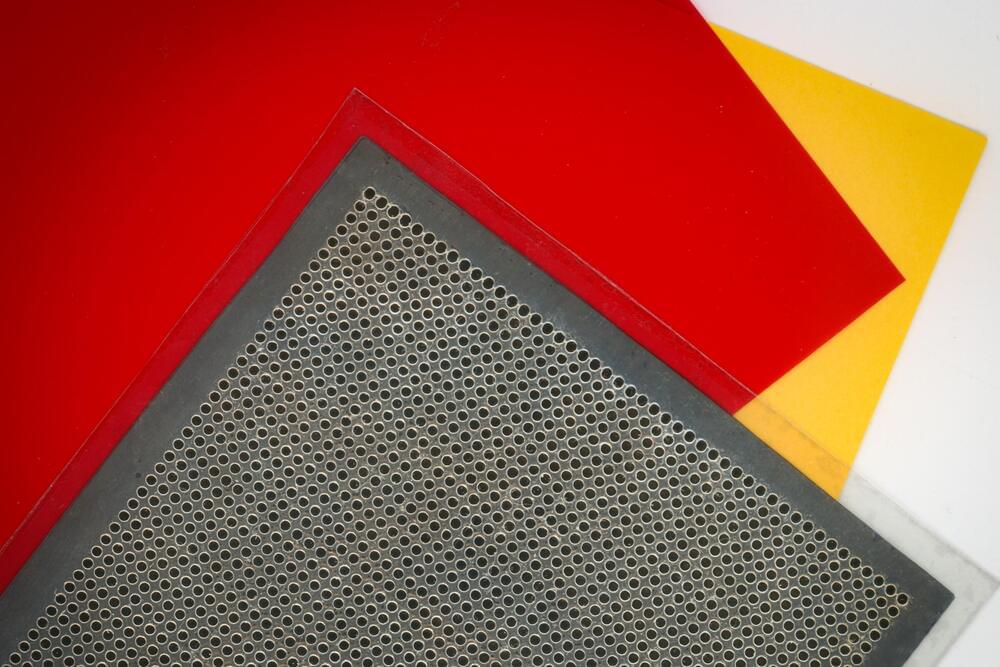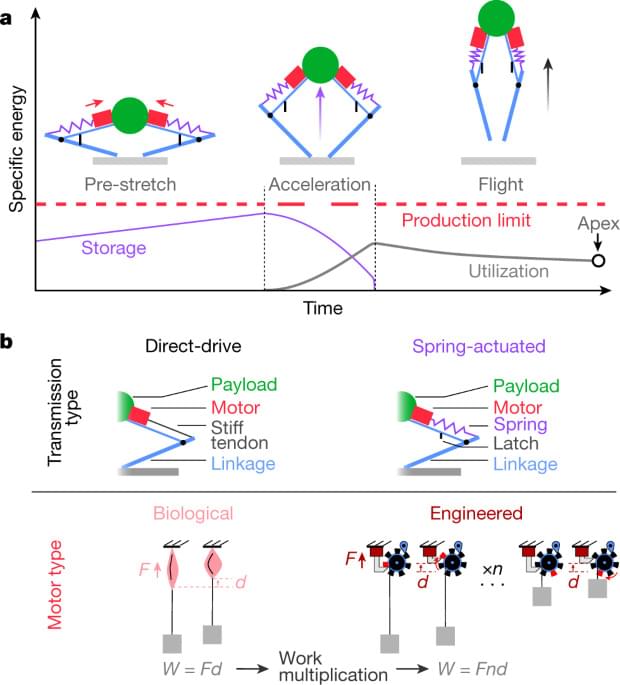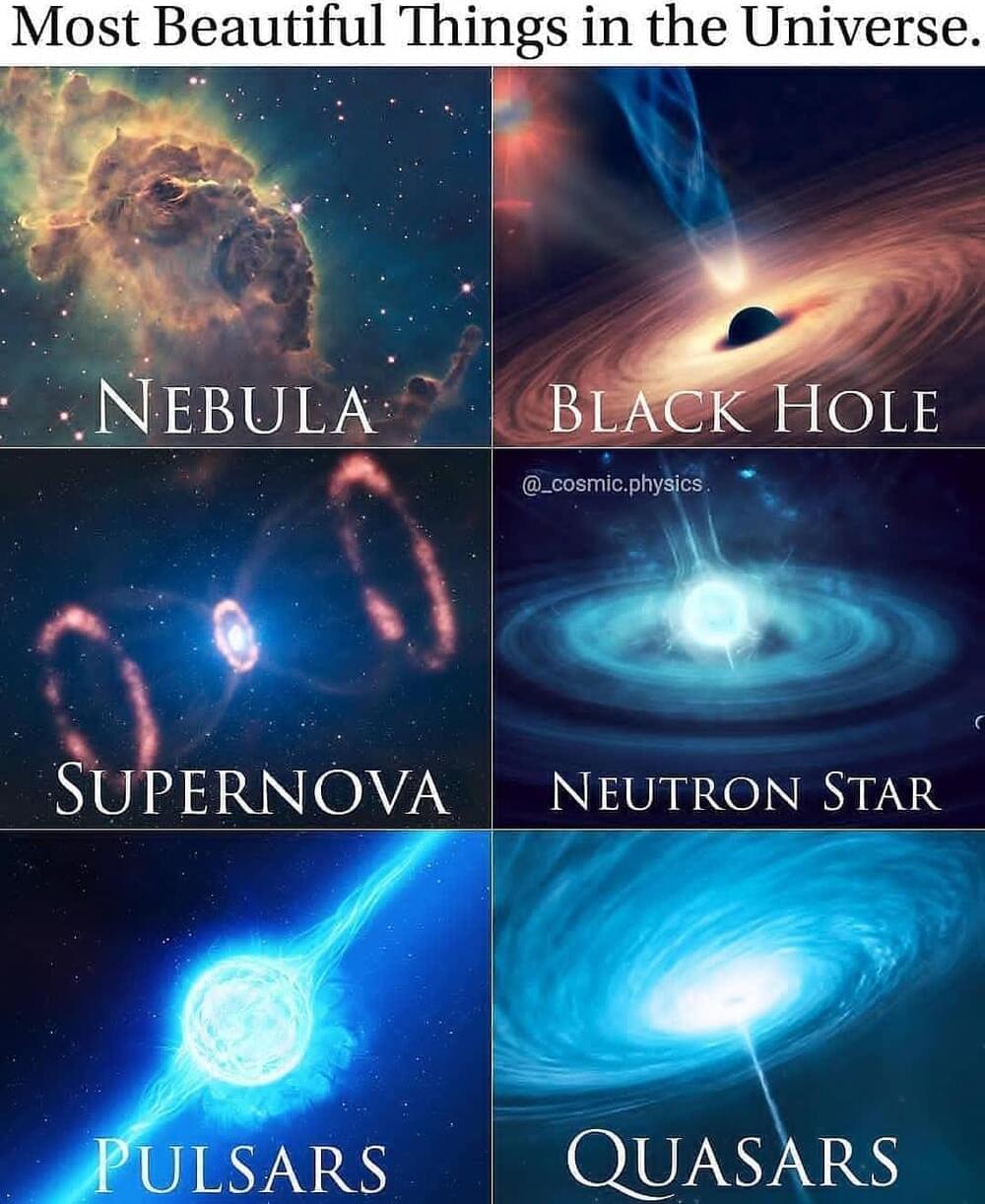
Get the latest international news and world events from around the world.




Japan university tackles aging with transplanted pluripotent stem cells
A research team from Osaka University in Japan has concluded that a clinical trial of transplanted IPS cell-derived corneal tissue was safe and effective – further evidence that cellular reprogramming with Yamanaka factors is moving towards scalable therapies.
Longevity. Technology: The clinical trial spanned several years and used corneal tissues derived from induced pluripotent stem cells. The tissue was transplanted into four almost-blind patients, and, according to the research team, none of the patients experienced rejection or tumorigenicity of the transplanted cells and all saw improvements in their symptoms, with three experiencing improved eyesight, with one improving from 0.15 to 0.7. Importantly, all were free of side effects one year later.
IPS cells can be generated from any adult cell, with Yamanaka factors – a group of protein transcription factors from four master genes. These induced stem cells demonstrate the significant quality of pluripotency – they can differentiate into all other cell types of the body. This is incredibly useful both for research and for therapy.

Yale scientists find the causes of cancer
Yale researchers can now quantify the factors causing changes in the DNA that contribute most to cancer growth in tumors of most major tumor types.
The new molecular analysis approach brings clarity to a longstanding debate over how much control humans have over developing cancer across time.
The study was published in Molecular Biology and Evolution.
Cybernetic Theory: Interpretive Model of Everything We Call the Universe
Another key insight of Cybernetic Theory can be referred to as “Mind Over Substrates”: Phenomenal “local” mind is “cybernetically” emergent from the underlying functional organization, whereas holistic “non-local” consciousness is transcendentally imminent. Material worlds come and go, but fundamental consciousness is ever-present, as the multiverse ontology is shown to be testable. From a new science of consciousness to simulation metaphysics, from evolutionary cybernetics to computational physics, from physics of time and information to quantum cosmology, this novel explanatory theory for a deeper understanding of reality is combined into one elegant theory of everything (ToE).
If you’re eager to familiarize with probably the most advanced ontological framework to date or if you’re already familiar with the Syntellect Hypothesis which, with this newly-released series, is now presented to you as the full-fledged Cybernetic Theory of Mind, then this 5-book set will surely present to you some newly-introduced and updated material if compared with the originally published version and can be read as a stand-alone work just like any book of the series:
https://www.amazon.com/dp/B08R2K7ZK2?tag=lifeboatfound-20?tag=lifeboatfound-20.

